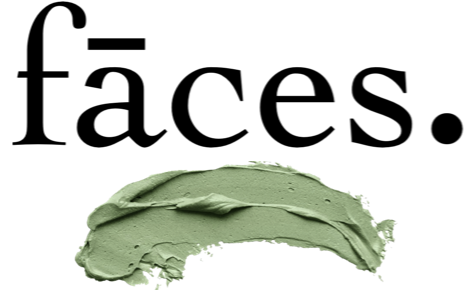Flexin my complexion
Flexin my complexion
Now that summer sun is behind us, we may be noticing the remnants of the sun kisses on our skin. Sun dots are pretty trendy right now in younger adults but when you get into your 30’s and beyond, they don’t seem so cute anymore.
Knowing the type of pigmentation you have is very important with how to treat them most effectively. The most common pigmentation is sunspots/agespots, melasma, and post inflammatory hyperpigmentation (PIH).
Sunspots are caused from continuous unprotected sun exposure over the years. In our younger years we may have tanned into a golden goddess, then as we age the transition from goddess to old banana peel is quite eye opening. These spots can magically appear as superficial dirty freckles, and can be treated very effectively with 2-4 IPL treatments during the fall/winter months. *If these are deeper, more dermal agespots (you can tell when they are a slightly different texture than the rest your skin) then they will need a stronger laser or nitrous oxide to remove them.
Melasma/chloasma is very different and tricky to treat. This appears as mottled plaques of pigment that will be mirrored on each side of the face. Not cute like freckles, more like a blotch or stain on both sides of upper lip, cheeks or forehead. This is common to appear during pregnancy, or women that take birth control. Things that can trigger and make it worsen are sun, heat, stress and hormones. This is something very difficult to reverse, its more like something that needs to be managed to keep it light. Daily use of SPF is a must, and topical lightening treatments generally work best. Personally I think lasers can exasperate the issues because it’s a lot of heat, but there are some doctors that will treat with laser technology. I find that a series ofmedical skin needling and peels combined are a really great way to lighten the melasma naturally, without adding any heat to the issue. Not only will the skin lighten over time, but the new collagen and elastin built is an added bonus. For those with melasma also note that if you are constantly doing hot things like hot yoga, spin, sweating of any kind on a very regular basis, you may be keeping the issue active without realizing it.
Post inflammatory hyperpigmentation is more evident in darker pigmented skin types such as olive or darker skin color. One example is when there is an inflamed break out, and once it is healed, there is an pigmented acne scar present. This kind of pigment will worsen with sun exposure as well so spf should be worn to prevent this. The best way to treat these is with peels. Peels will not only address the acne break outs, but also remove the upper damaged layers, making room for new healthy cells. A series of peels is recommended and will be determined at assessment.
Whenever you undergo treatments for your pigmentation, it is ALWAYS recommended to support these treatments by using proper daily homecare recommended by your skin therapist treating you. First and foremost, SPF is obviously should be your BAE and prepare to spend more and more intimate time with it.
LASTLY, always important to keep an eye on your spots - especially if you have experienced sunburns in the past. Skin cancer typically is treatable if caught early before mutation and spreading begins. If there is a spot that is questionable- go see a dermatologist to get it checked out immediately. Remember the ABCDE rule - asymmetry, border, color, diameter, evolving shape/color/size.
